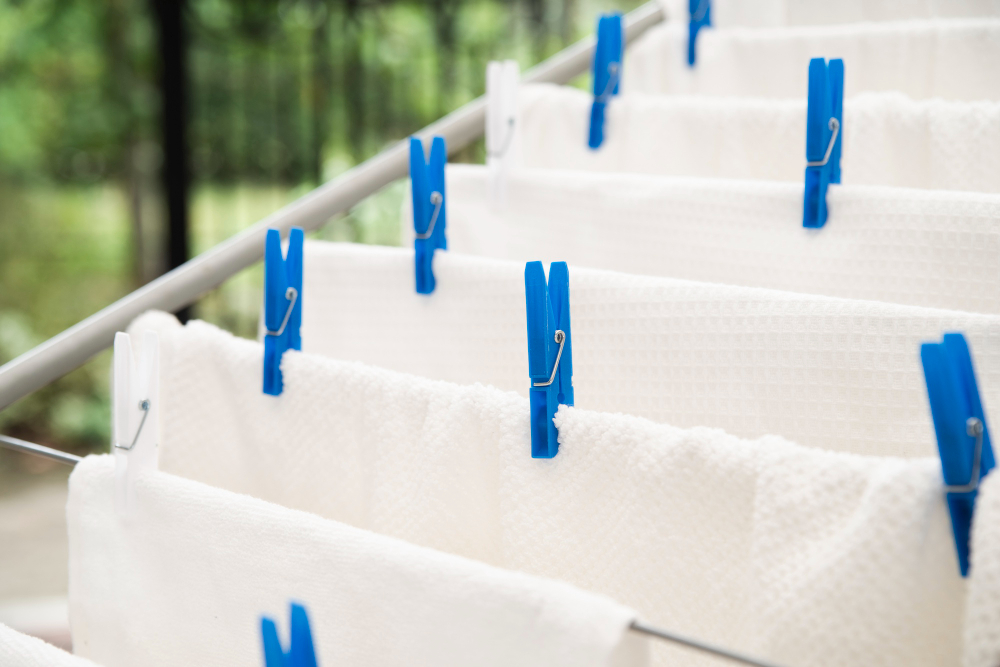When it comes to the mundane yet essential task of laundry, there’s one unsung hero that often goes unnoticed – the humble clothes peg. These tiny tools play a crucial role in keeping our freshly washed clothes firmly in place as they dry in the breeze. But with so many options available, how do you choose the right clothes pegs for your needs? Fear not, dear reader, for we’re here to unravel the mysteries of clothes peg shopping and help you make an informed decision.
Understanding the Basics
Before diving into the intricacies of clothes pegs, let’s start with the fundamentals. A clothes peg, also known as a clothespin, is a simple device used to attach wet laundry to a clothesline or drying rack. Typically made from plastic, wood, or metal, these small clips come in various shapes and sizes.
Material Matters
When it comes to choosing clothes pegs, one of the most critical factors to consider is the material they’re made from. Each material has its own set of advantages and disadvantages:
Plastic – Plastic clothes pegs are lightweight, affordable, and resistant to rust. However, they may become brittle over time and break more easily than other materials.
Wood – Wooden clothes pegs have a classic aesthetic and are gentle on delicate fabrics. They’re also biodegradable, making them an eco-friendly option. On the downside, wooden pegs can be prone to splintering and may not be as durable as their plastic or metal counterparts.
Metal – Metal clothes pegs, particularly those made from stainless steel or aluminum, are known for their durability and strength. They’re less likely to break or degrade over time, making them a long-lasting choice. Keep an eye out for pegs labeled as 316 Marine Grade clothes pegs, indicating superior corrosion resistance – perfect for outdoor use or coastal areas.
Design and Features
Beyond material, there are several design features to consider when purchasing clothes pegs:
- Spring Mechanism – Look for pegs with a sturdy spring mechanism that provides sufficient grip without being too difficult to open and close.
- Non-Slip Grip – Some clothes pegs feature a non-slip coating or texture on the jaws, helping to prevent clothes from slipping off, especially in windy conditions.
- Hanging Hole – Pegs with a hanging hole or hook are convenient for storage, allowing you to hang them on a clothesline or peg basket when not in use.
- Wide Jaws – Pegs with wider jaws can accommodate thicker fabrics or larger items like blankets or towels.
Eco-Friendly Options
If sustainability is a priority for you, consider opting for eco-friendly clothes pegs:
Bamboo – Bamboo clothes pegs are a renewable and biodegradable alternative to traditional plastic or metal pegs. Look for ones made from sustainably sourced bamboo for the most eco-friendly option.
Recycled Plastic – Some manufacturers produce clothes pegs using recycled plastic, reducing the demand for new plastic materials and diverting waste from landfills.
Tips for Care and Maintenance
To ensure your clothes pegs remain in good condition and last longer, follow these simple tips:
- Store Indoors – While plastic and metal pegs can withstand outdoor conditions, storing them indoors when not in use can help prolong their lifespan and prevent unnecessary wear and tear.
- Clean Regularly – Periodically clean your clothes pegs with warm, soapy water to remove any dirt, grime, or buildup that may accumulate over time.
- Avoid Excessive Force – Be gentle when opening and closing your pegs to avoid damaging the spring mechanism or jaws. Avoid overloading them with heavy items, as this can cause them to break or bend.
- Replace When Necessary – Keep an eye out for signs of wear and tear, such as cracks, bending, or loss of grip. Replace damaged pegs promptly to prevent them from damaging your clothes or failing to hold them securely.
- Rotate Pegs: To prevent uneven wear and tear, rotate your clothes pegs regularly, especially if you tend to use the same ones for every load of laundry. This helps distribute the workload among all your pegs and extends their lifespan.
- Avoid Sun Damage: While it may seem counterintuitive, prolonged exposure to direct sunlight can degrade certain materials, such as plastic or wood, over time. If possible, choose a shaded area for your clothesline or drying rack to minimize sun exposure and protect your pegs from UV damage.
Final Thoughts
In the grand scheme of household chores, buying clothes pegs may seem like a trivial matter. However, choosing the right pegs can make a world of difference in your laundry routine, ensuring that your clothes dry efficiently and securely. Whether you opt for plastic, wood, metal, or eco-friendly alternatives, consider your priorities and preferences to find the perfect pegs for your needs. With a bit of care and maintenance, your clothes pegs will serve you well for many laundry days to come.






